The prize for the most picture perfect village in Ireland must be keenly contested, but surely Glengarriff is one of the hottest contenders.
First it has the pretty little shops, cafés and bars, painted in bright multi-colours that mark out the west of Ireland. Then there’s the harbour, famed for its seals, who sun themselves on ideally placed rocks.
From here boats cross to Ilnacullin, or Garnish Island as it's perhaps better known, and the magnificent gardens laid out by Annan Bryce and Harold Peto, over a century ago.
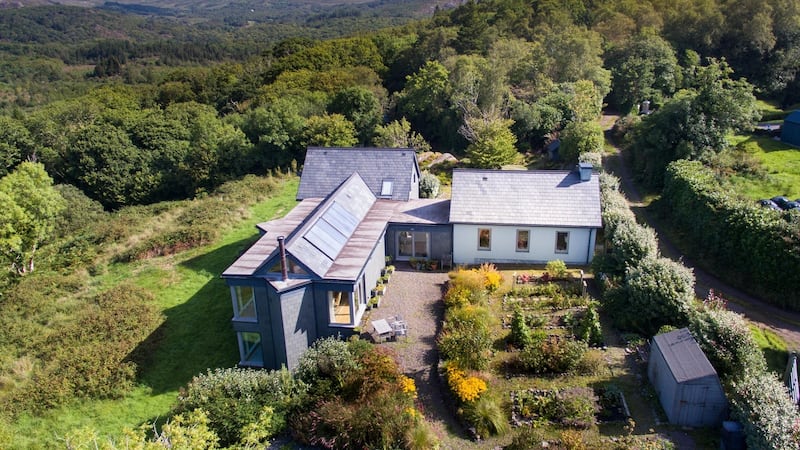
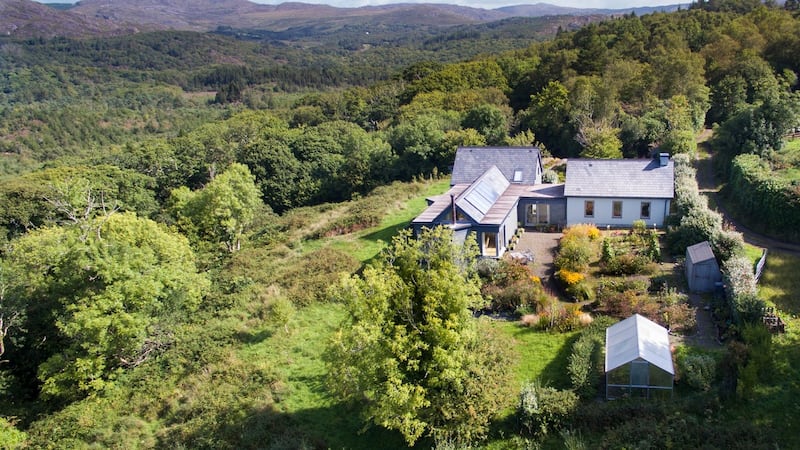
Warmed by the gulf stream, Garnish has its own microclimate and is a must for fanciers of exotic blooms. On the edge of the village lies Glengarriff Woods Nature Reserve – almost 300 hectares of woodland, with paths for walking, and the Caha Mountains rising above.
Now, almost improbably, it's possible to live on the edge of this very special spot, as Coorannel House is for sale, priced at €695,000 with Sherry FitzGerald Ray O'Neill.
Overlooking the valley, on the southern edge of the Nature Reserve, the 287sq m (3,090sq ft) house was built 10 years ago, after three years of negotiation with the planning authorities.
Ultimately it was the footprint of an old farmhouse that enabled the permission, and the results are a sensitive design, by acclaimed architect Tony Cohu, that pulls off the tricky feat of both nestling into the landscape, and providing spectacular views.
“The woods were once part of Lord Bantry’s estate,” the owner says. “And they were protected as hunting grounds, so they never suffered the devastation that so many other woodlands in Ireland did.”
She tells me how she explored the history of the site, looking up the 1911 Census to discover a small farm, with a family of seven, ranged over three generations.
“The were living in this tiny house, and in the outbuildings were pigs, chickens, cows and horses. From what people who grew up here have told me, they were pretty self sufficient.”
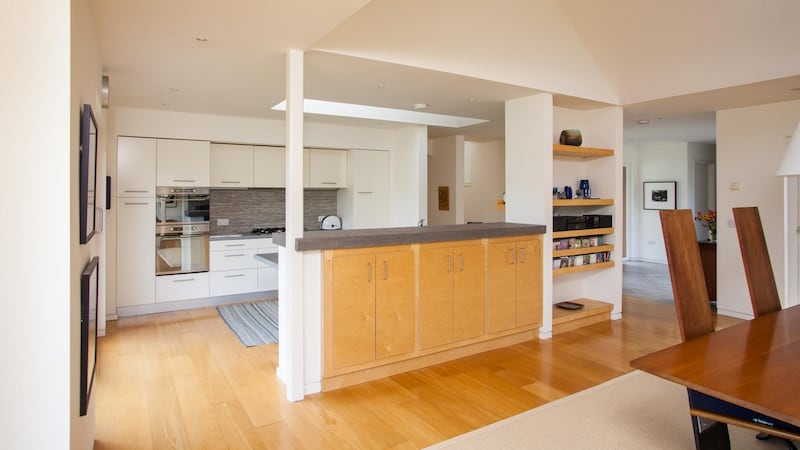
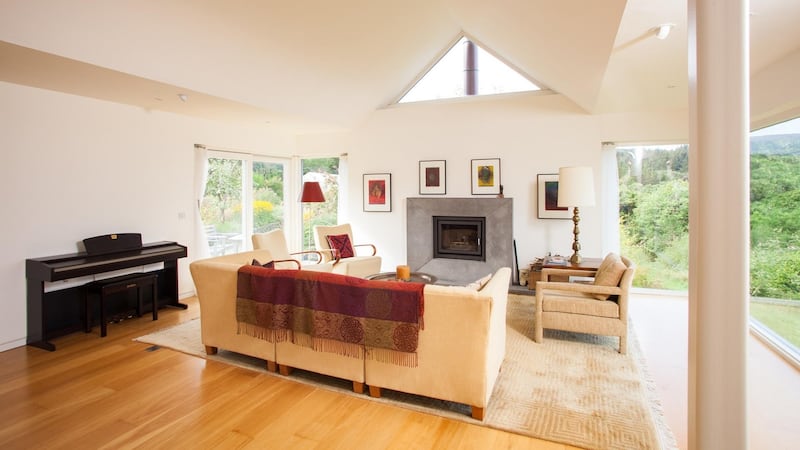
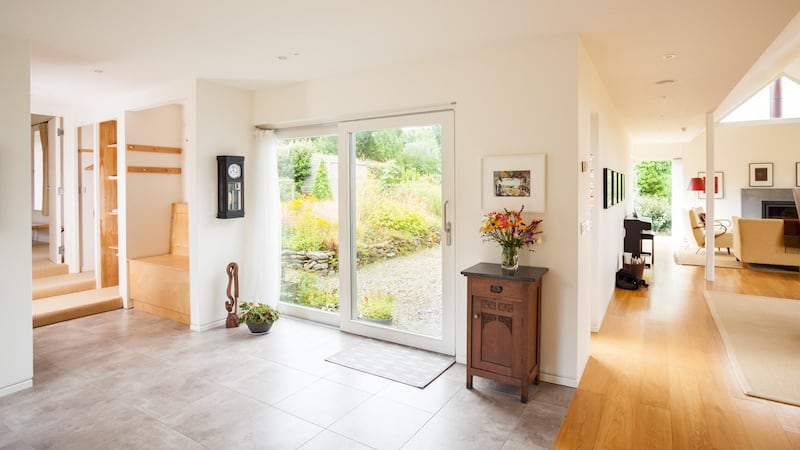
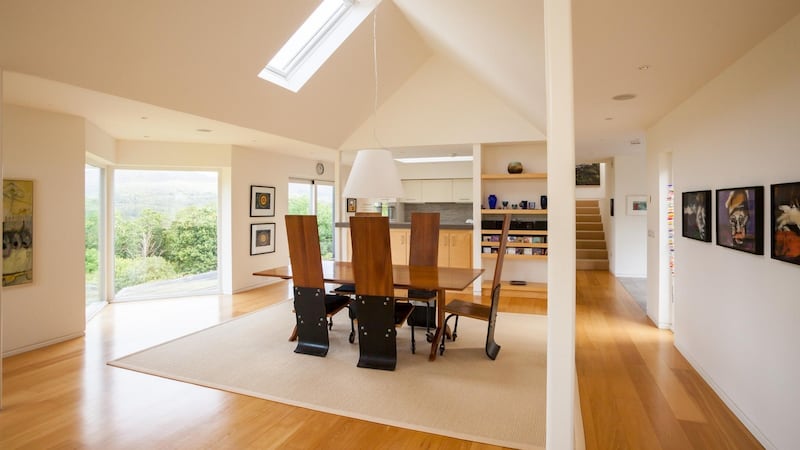
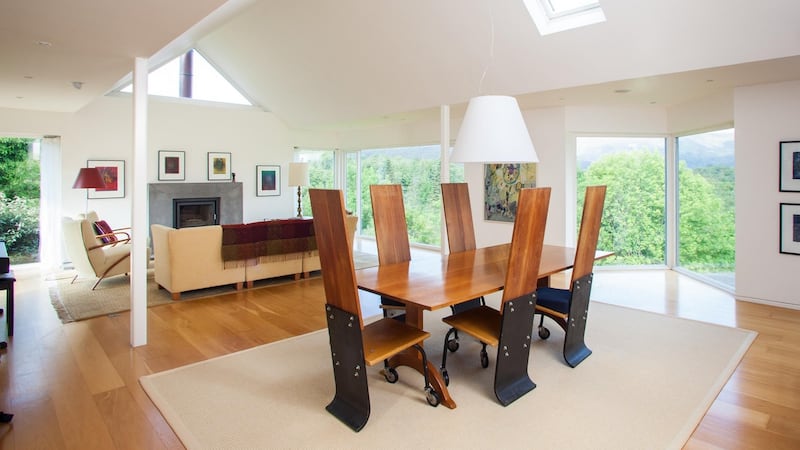
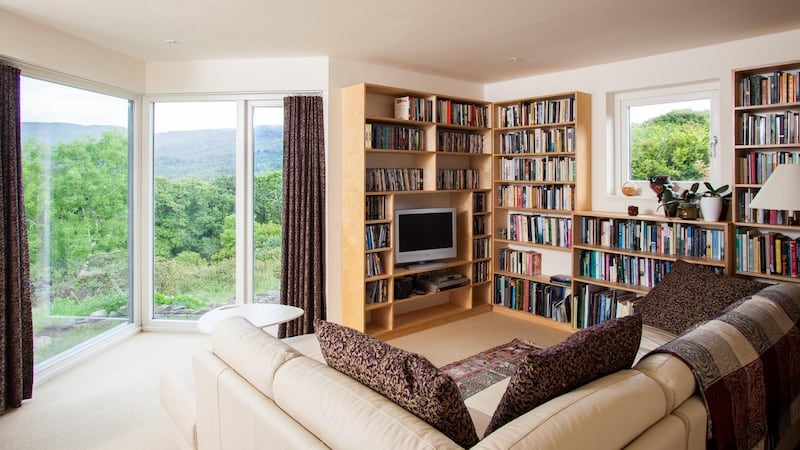
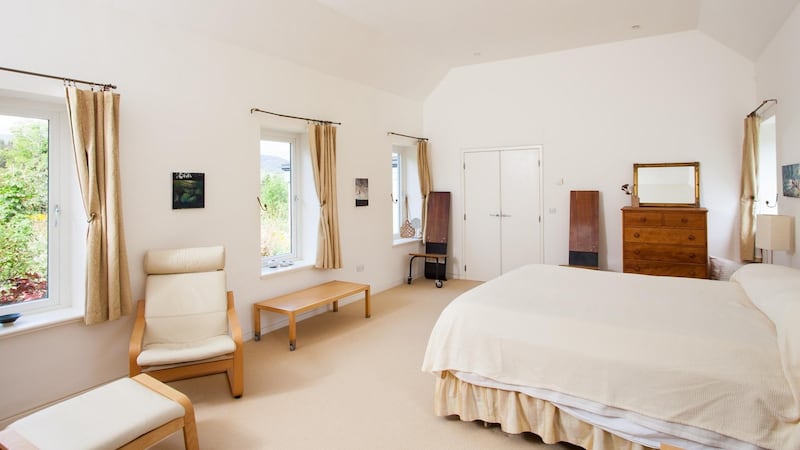
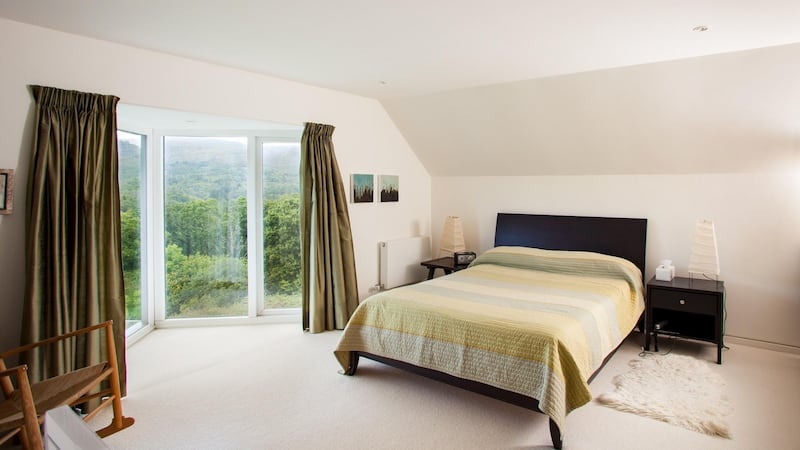
Sloping site
Time moved on, and by the time the owner – an American woman working in the arts – came to the site, the farm, which is two and a half kilometres from the village, was just a ruin. Now the bright contemporary house includes a large open plan kitchen/dining/living room, which the owner describes as “the great room”. With floor-to-ceiling windows, set into triangular bays to provide the views from any angle, it’s a pretty good description.
The house is built on a sloping site, so one side of the great room leads onto a terrace, while the other looks out over the tree tops.
"You can see their changing colours through the seasons, and watch the birds fly by at eye level," the owner says, adding that Cohu borrowed a trick or two from famous architect Frank Lloyd Wright, by anchoring the double-height space to a more domestic-scale as the ceiling meets the windows.
“So you have the soaring sense of space, but the edges fit a human scale, so you don’t have the hollow feeling of being in a space that’s not fit for human habitation – it’s nice to show off, but not good for everyday living,” she says.
The master bedroom has large walk-in wardrobes with an en-suite, while there’s also a second bedroom, a library/home office and a utility room. There is an unfinished garden-level space that can potentially be reworked as two more bedrooms, a separate flat, an artist’s studio, or even a home gym – though that may be unnecessary with an entire adventure playground of rambles and hikes on the doorstep.
With all that lovely nature showcased through the windows, the owner has kept the interior décor to a minimum, using neutral colours, and giving space for her own art collection, and some talking-point pieces, such as the set of dining chairs designed by an artist friend from Boston and shipped from the US.
The owner is downsizing, but planning to stay in the area.
“It’s the West Cork thing,” she says. “All of us who know and love it tend to stay where we are. It’s as if the land has some magnetic pull. You can hike up to Barley Lake in two hours, or be in Kenmare in just 35 minutes.”










